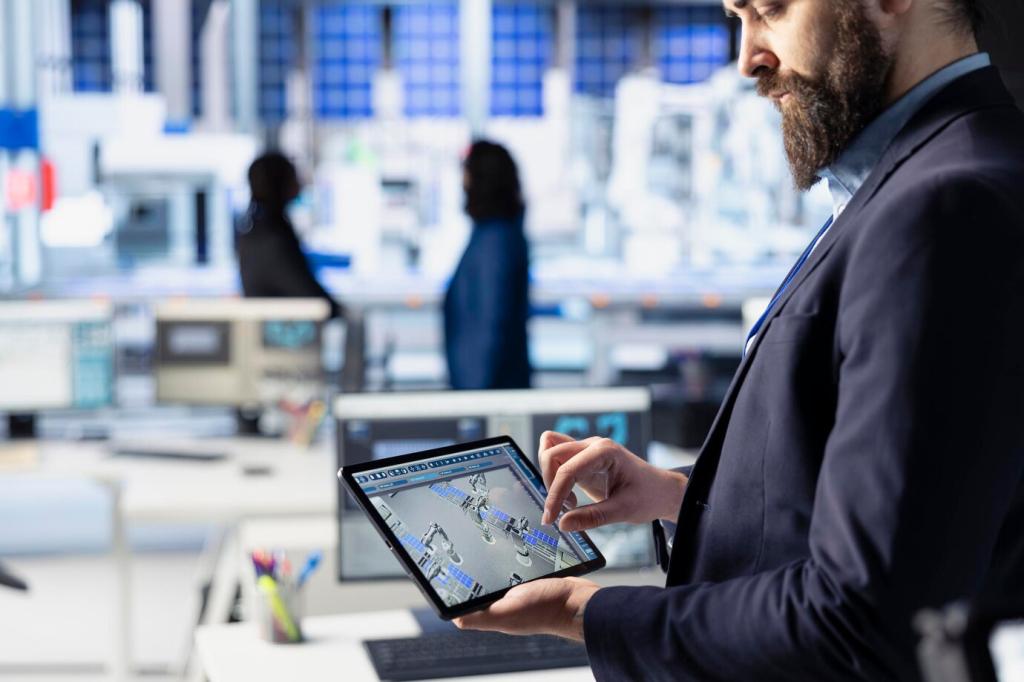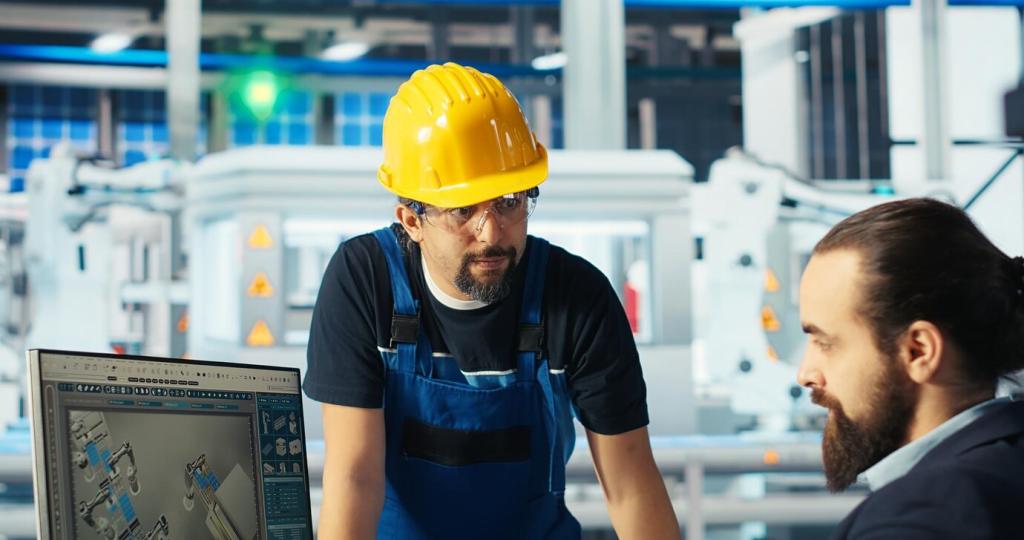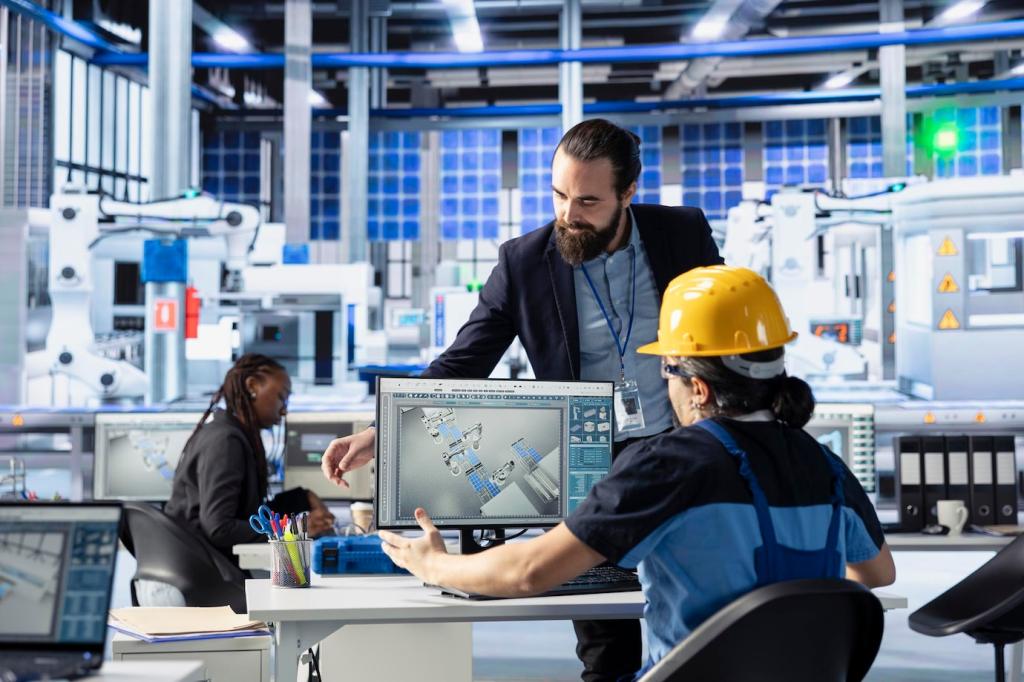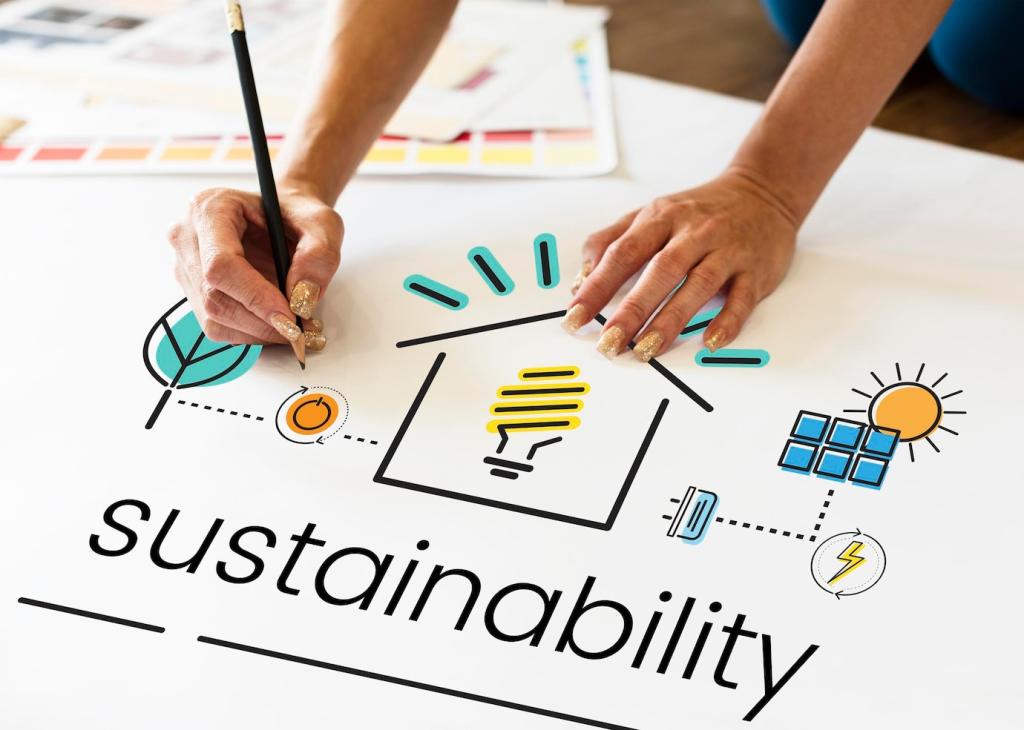Sustainability that Works on the Floor
Replacing combustion-heavy heat with geothermal can significantly cut scope 1 emissions. Pair with electrified heat pumps for deeper reductions when your grid is clean. The result is quieter, cleaner plant operations that help meet targets while sustaining production rates. Share your emissions baseline and we’ll suggest pragmatic, staged reductions.
Sustainability that Works on the Floor
Closed-loop and reinjection practices preserve aquifers and maintain reservoir pressure. Robust monitoring—temperature, flow, chemistry—protects subsurface integrity and permits. Secondary containment, proper sealing, and smart sampling plans build regulatory confidence. This is sustainability you can audit, not just brand. Interested in a sample monitoring plan? Leave a note below.









